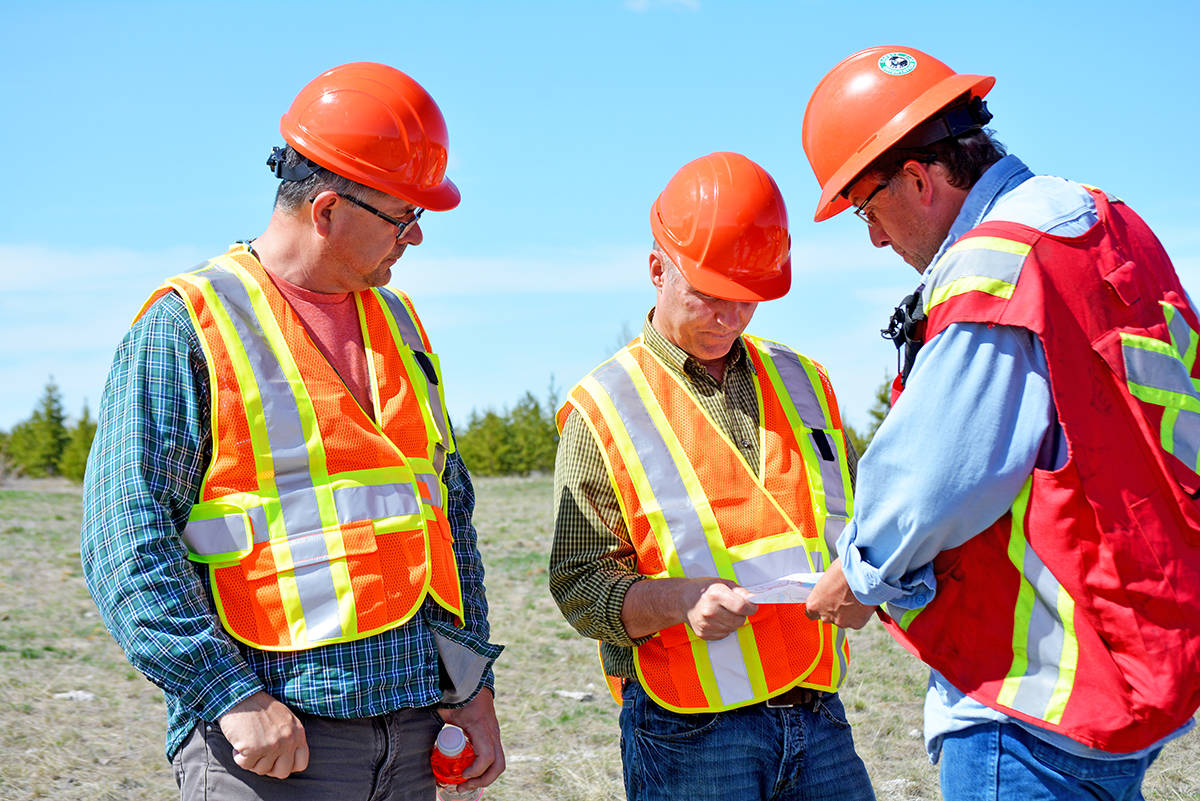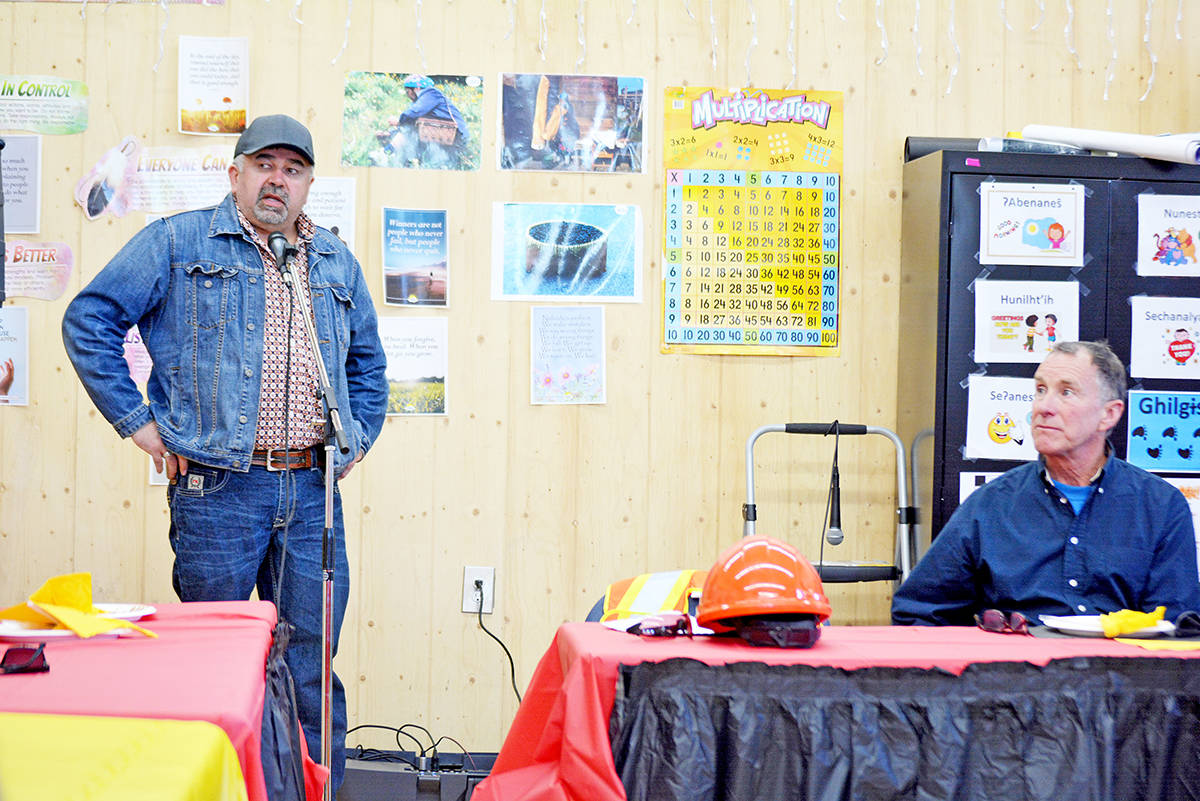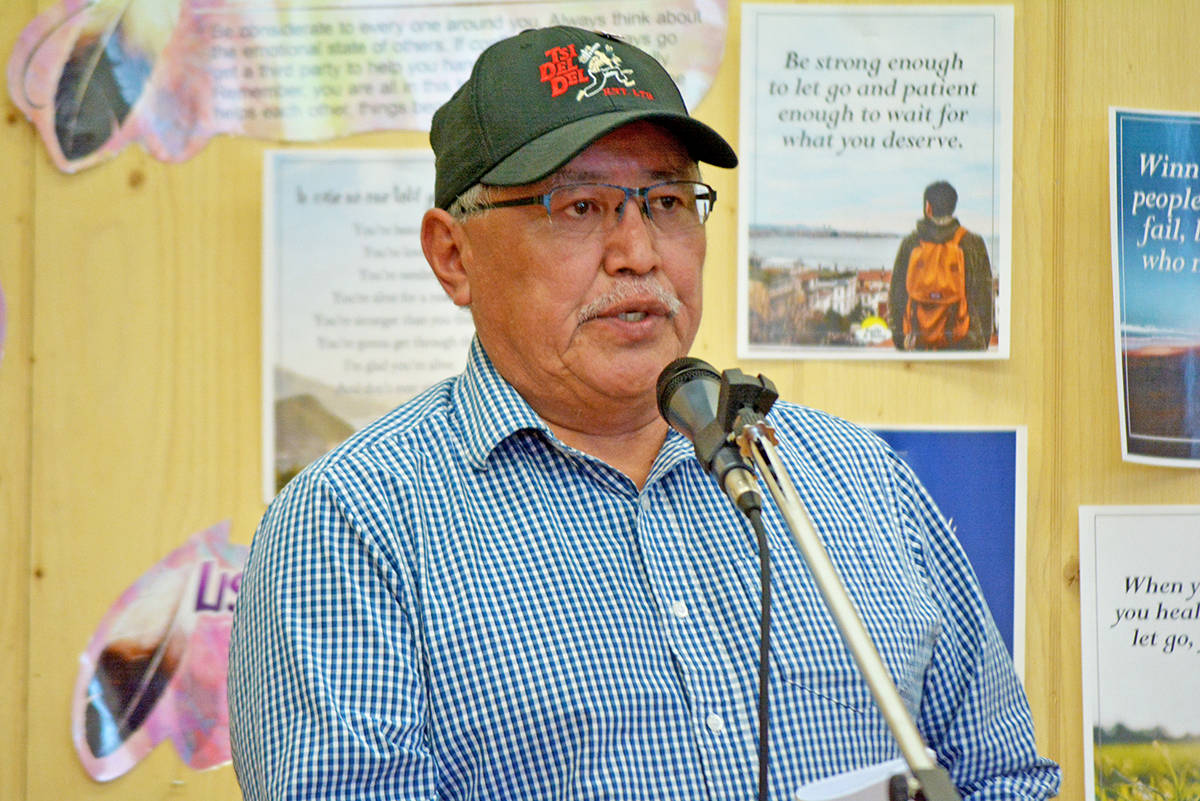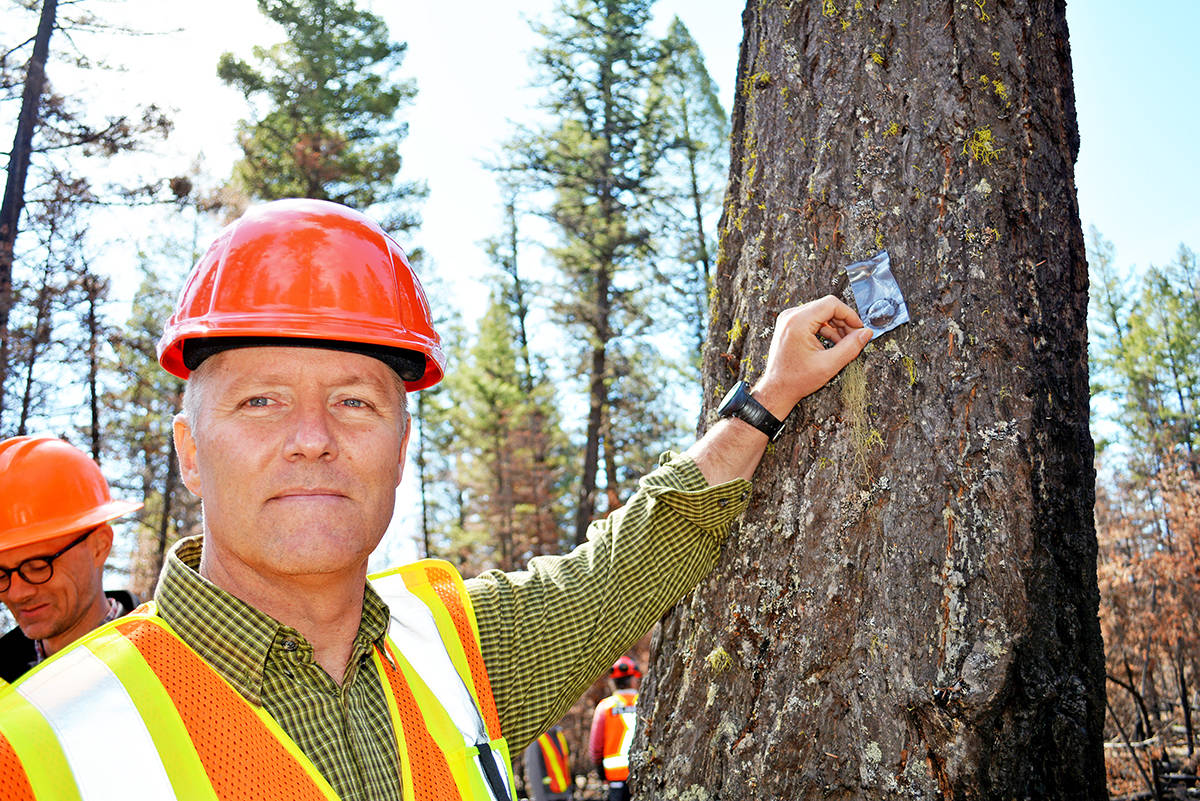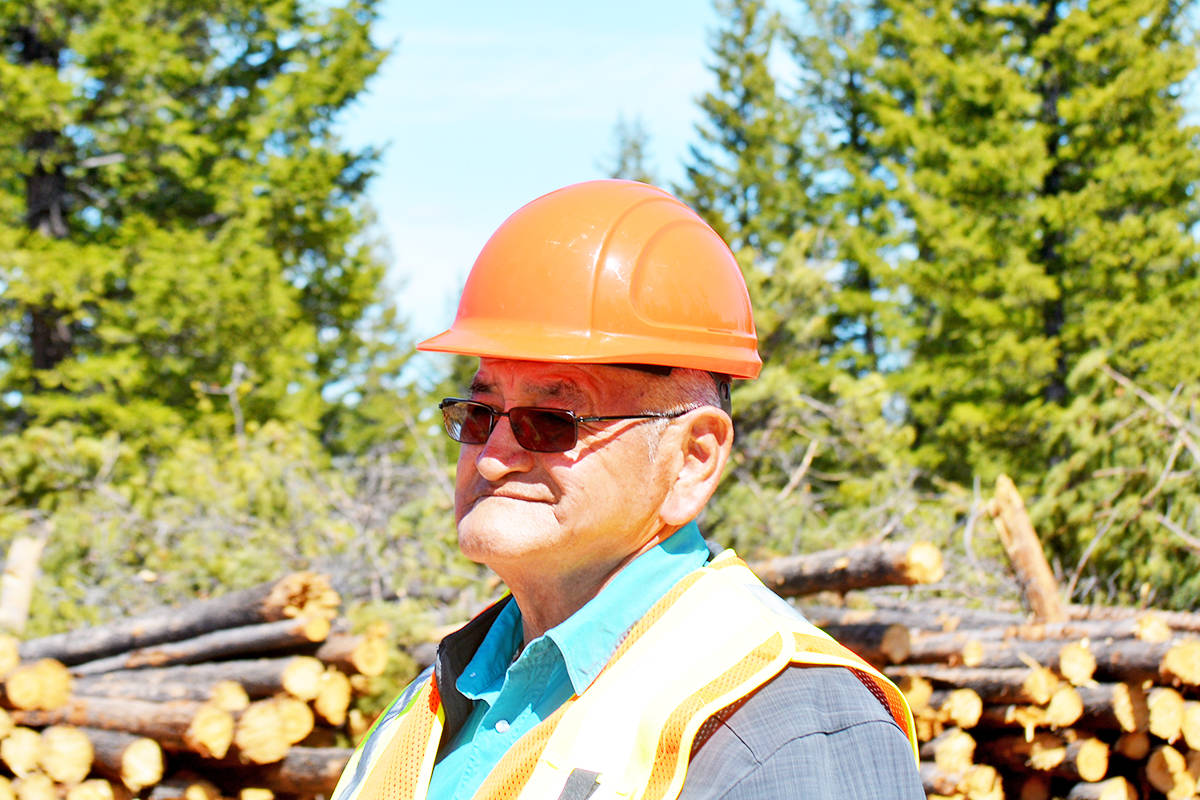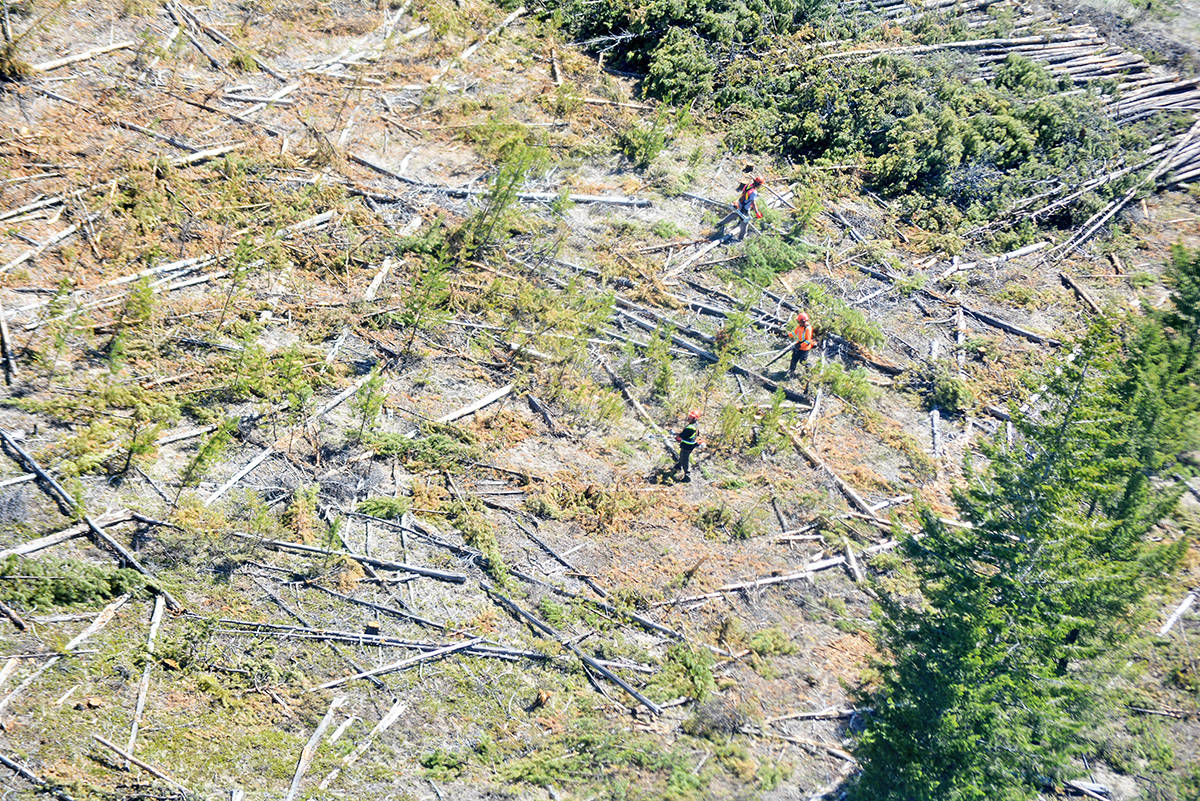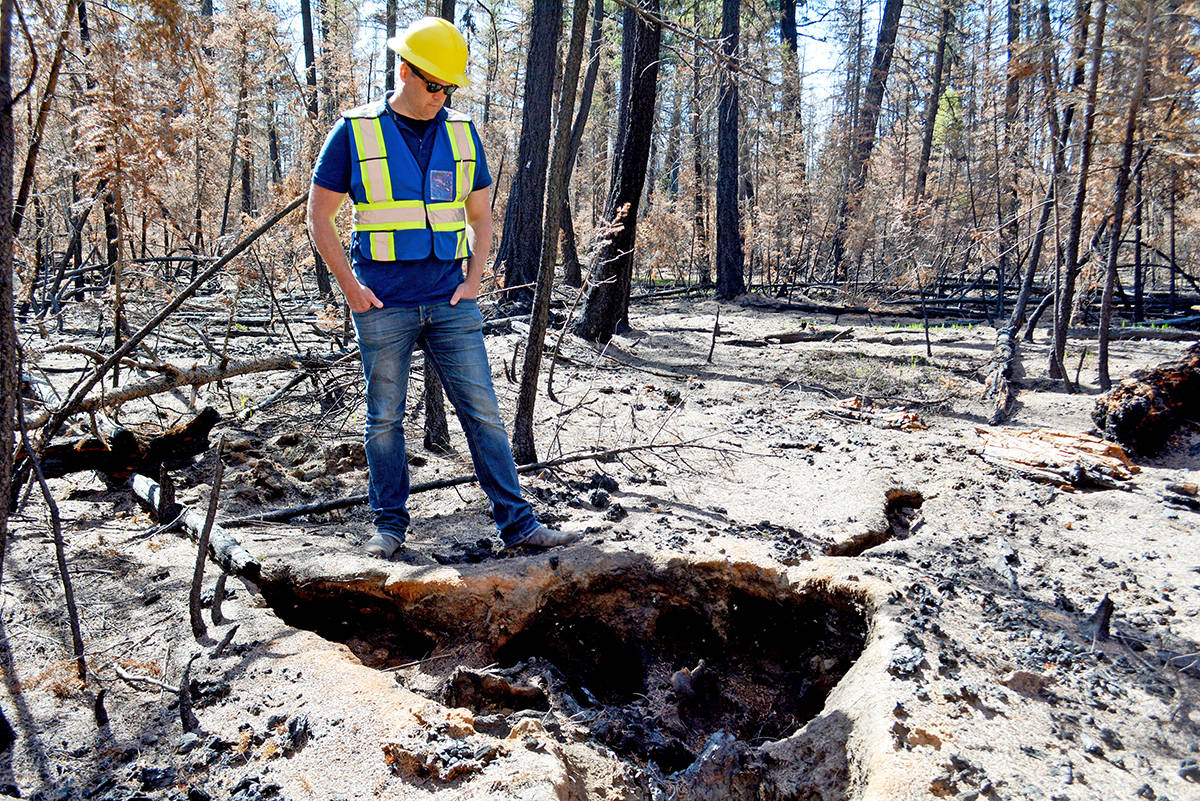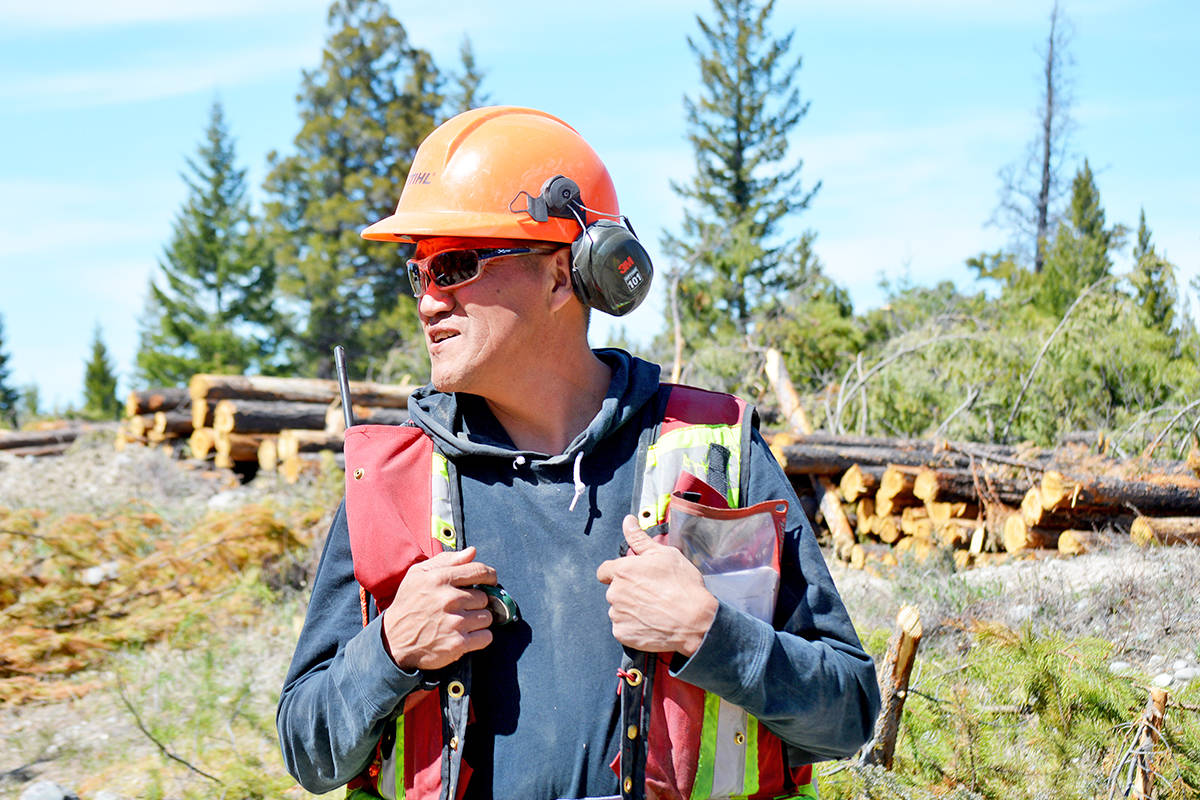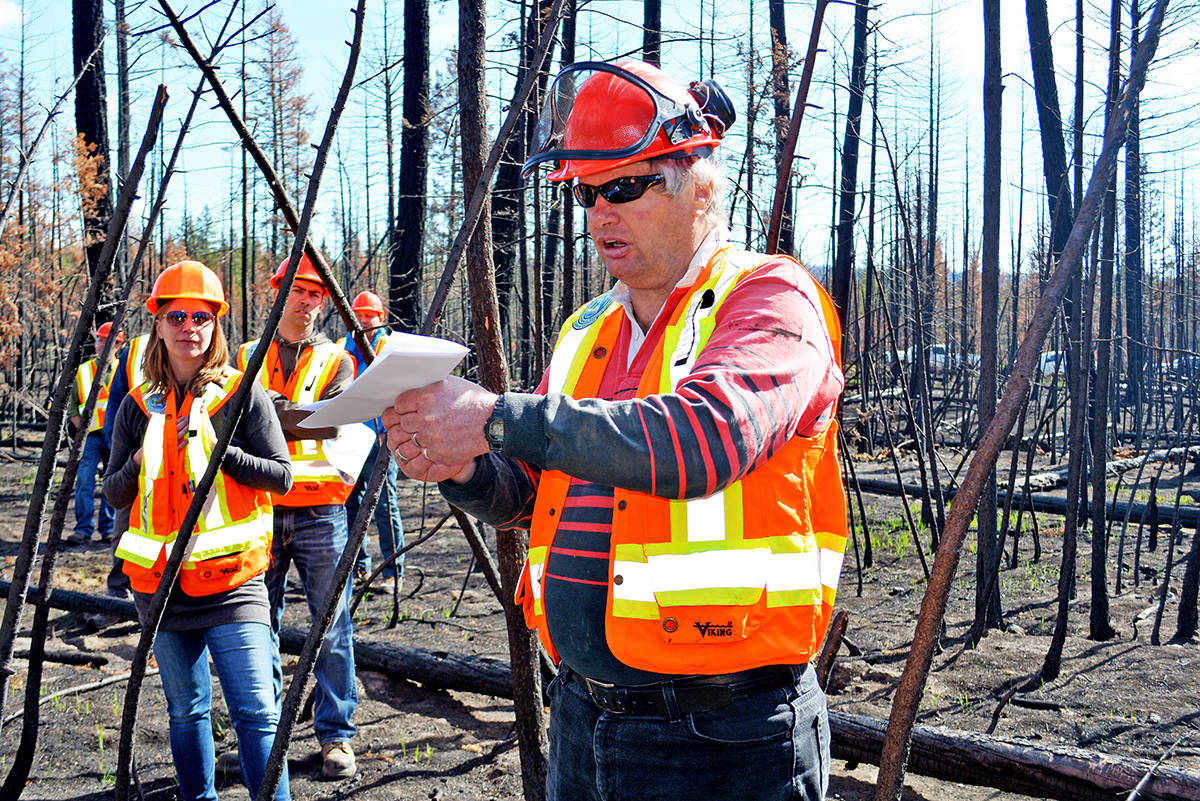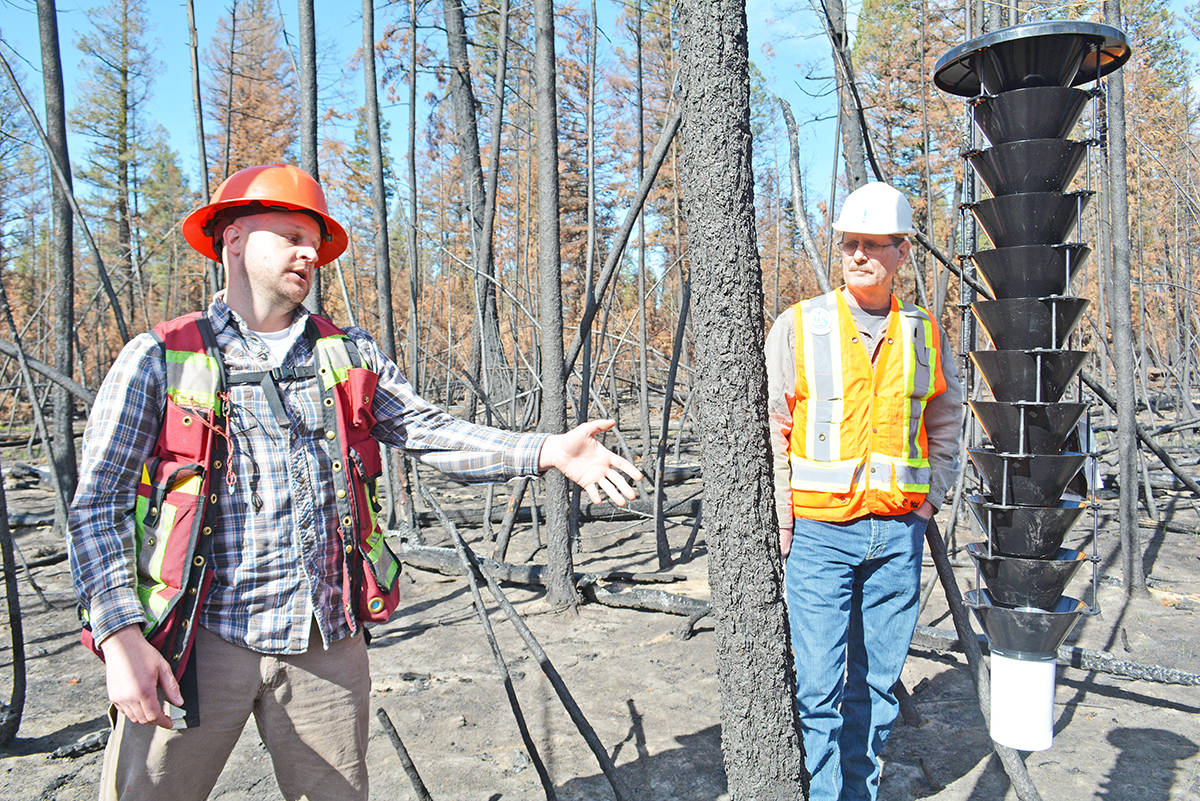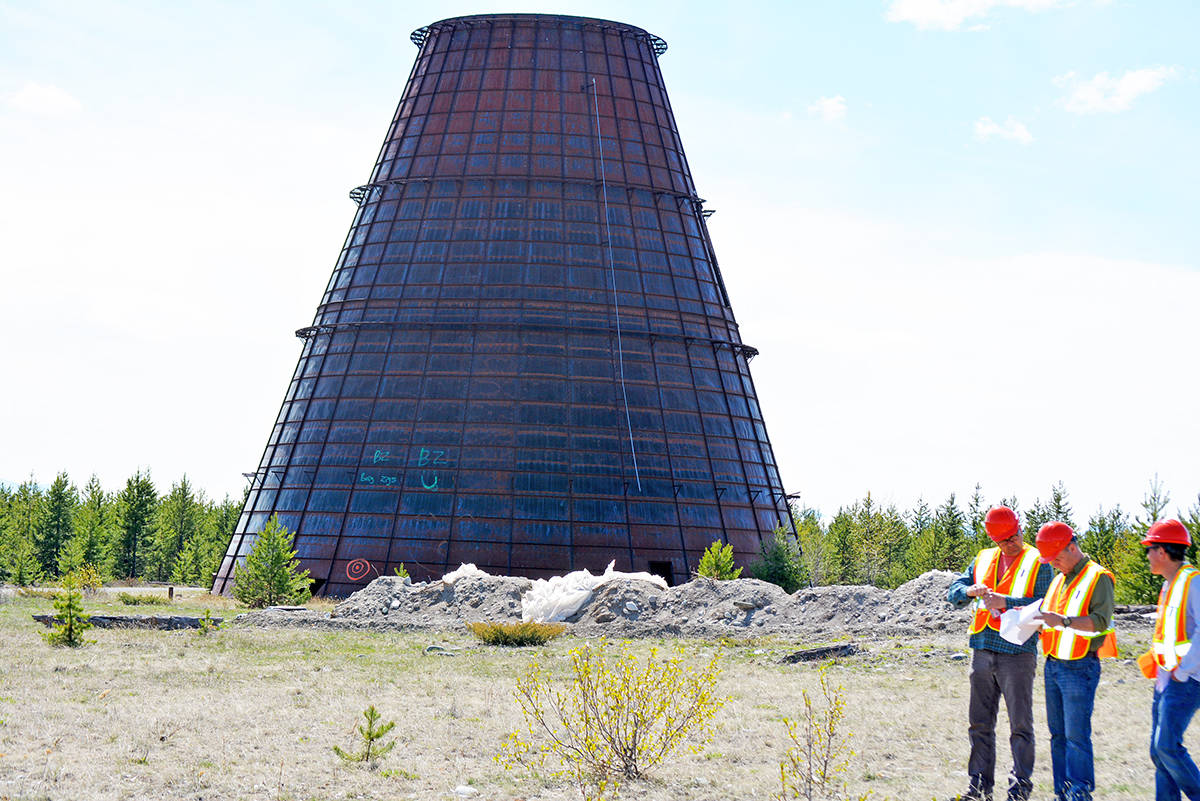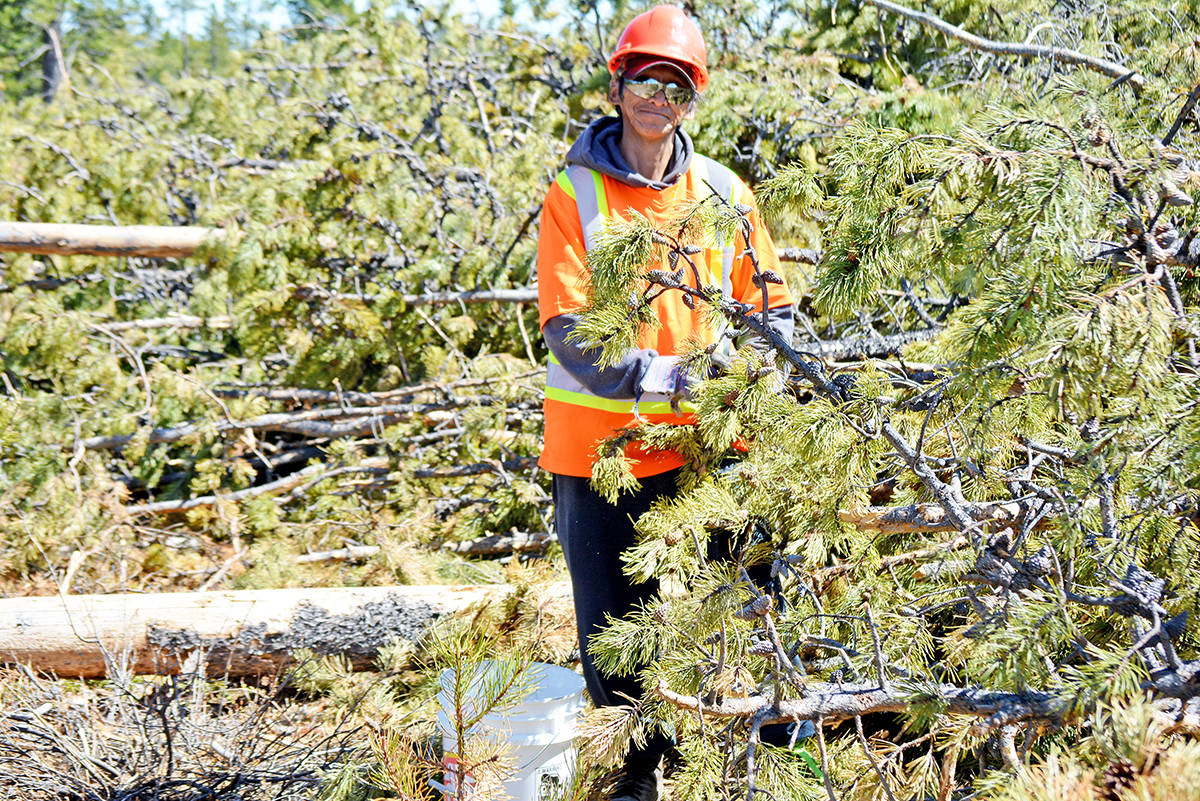Two Tsilhqot’in First Nation communities are working together to rehabilitate forests and protect themselves from future wildfires.
“We want to manage the fuels, harvest what we can, but we also want to get the forest back up and growing,” said Percy Guichon, former Chief of Tsi Del Del (Alexis Creek). “We are going into those areas where there are low volume stands and dead trees.”
Tsi Del Del has had its own forestry company for more than 25 years.
Two years ago they approached Tl’etinqox (Anaham) First Nation asking if they wanted to join forces to tackle forestry issues together.
Tl’etinqox agreed and together they formed Cariboo Chilcotin Rehabilitation (CCR) and applied for funding from Forest Enhancement Society of B.C. (FESBC).
They were successful, but due to the 2017 wildfires were unable to begin work in the forests until February of this year.
This week CCR and its consultants toured the region with representatives from FESBC, PricewaterhouseCoopers and the Ministry of Forests to show them areas devastated by the wildfires and to share some of the work they’ve started.
During a stop at Tl’etinqox for a community lunch with the tour group, Chief Joe Alphonse said First Nations people want opportunities to utilize natural resources.
“We want to get back to being independent and get back to being proud of generating our own financial dollars so we can develop culturally appropriate programs,” Alphonse said.
First Nations people have to adapt do doing new ways of business, and instead of working against each other, work together, Alphonse added.
“We have to start pooling our resources and working together and I think CCR is a prime example of that.”
Tsi Del Del Chief Otis Guichon Sr. echoed Alphonse saying he wants employment for his community.
“We have been in business for 25 years, but in the just the last five years we have been in the black and are finally getting some fibre in,” he said.
CCR is a good project and it’s putting more people to work, he added.
“We want all our people to be employed and keep them busy, instead of getting depressed and starting to get into crime and things like that.”
A former forester with West Fraser, Wayne Clogg is the chair of FESBC.
During the luncheon he thanked CCR on behalf of the board for the tour.
“It means so much more when you go and look at work that’s going on and needs to be done when you are sitting elbow to elbow with the traditional people from the territory,” Clogg said.
FESBC was formed in 2016 with money the provincial government had left over from its firefighting budget because it had rained so much in 2015.
“Credit to the government they had the idea that they wanted to use that money for forest enhancement and they decided to set up a program that would last for a number of years and decided to set up an arms-length society.”
Originally the society was granted $85 million and in 2017 put in another $150 million aimed at greenhouse gas reduction.
“I’m proud to say a lot of funding has gone for projects right here in the Cariboo,” Clogg said.
For FESBC board member Keith Atkinson, chief executive officer with the First Nations Forestry Council, getting to see the extent of the wildfires for the first time left “quite an impression.”
“I think the biggest thing for me is that 10 years ago we did this work about mountain pine beetle and how to mitigate it,” Atkinson said.
“Communities set these priorities at that time.”
Number one was health and safety, second was restoration of the land, and third was around the economy and helping First Nations get stronger.
Atksion said it is horrible to see the fires, but the planning and thinking that’s going on now the communities is an exciting thing to be part of.
“The biggest thing is always money, but now we see our nations getting access to it and putting it toward building their communities and doing the things we talked about a decade ago.”
news@wltribune.com
Like us on Facebook and follow us on Twitter
